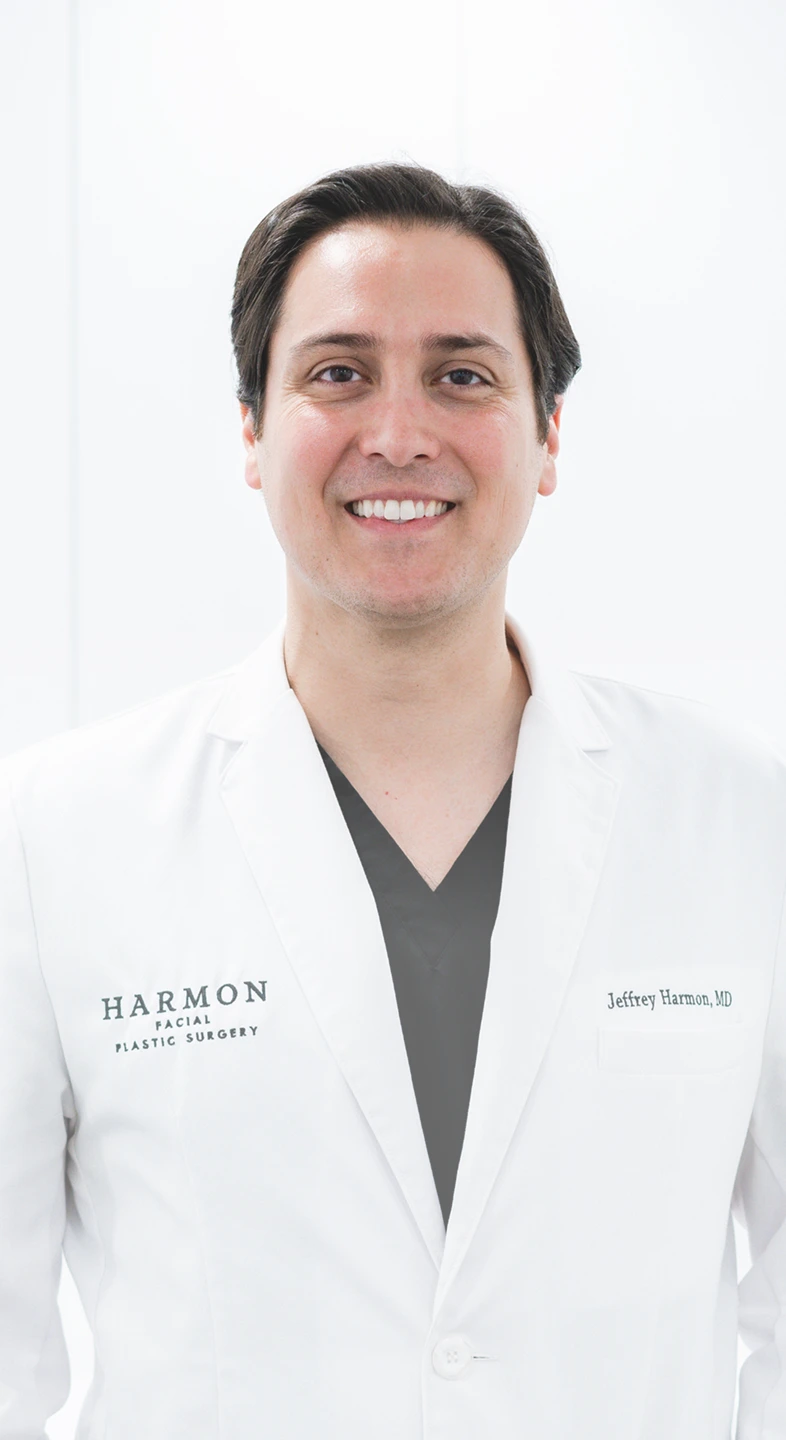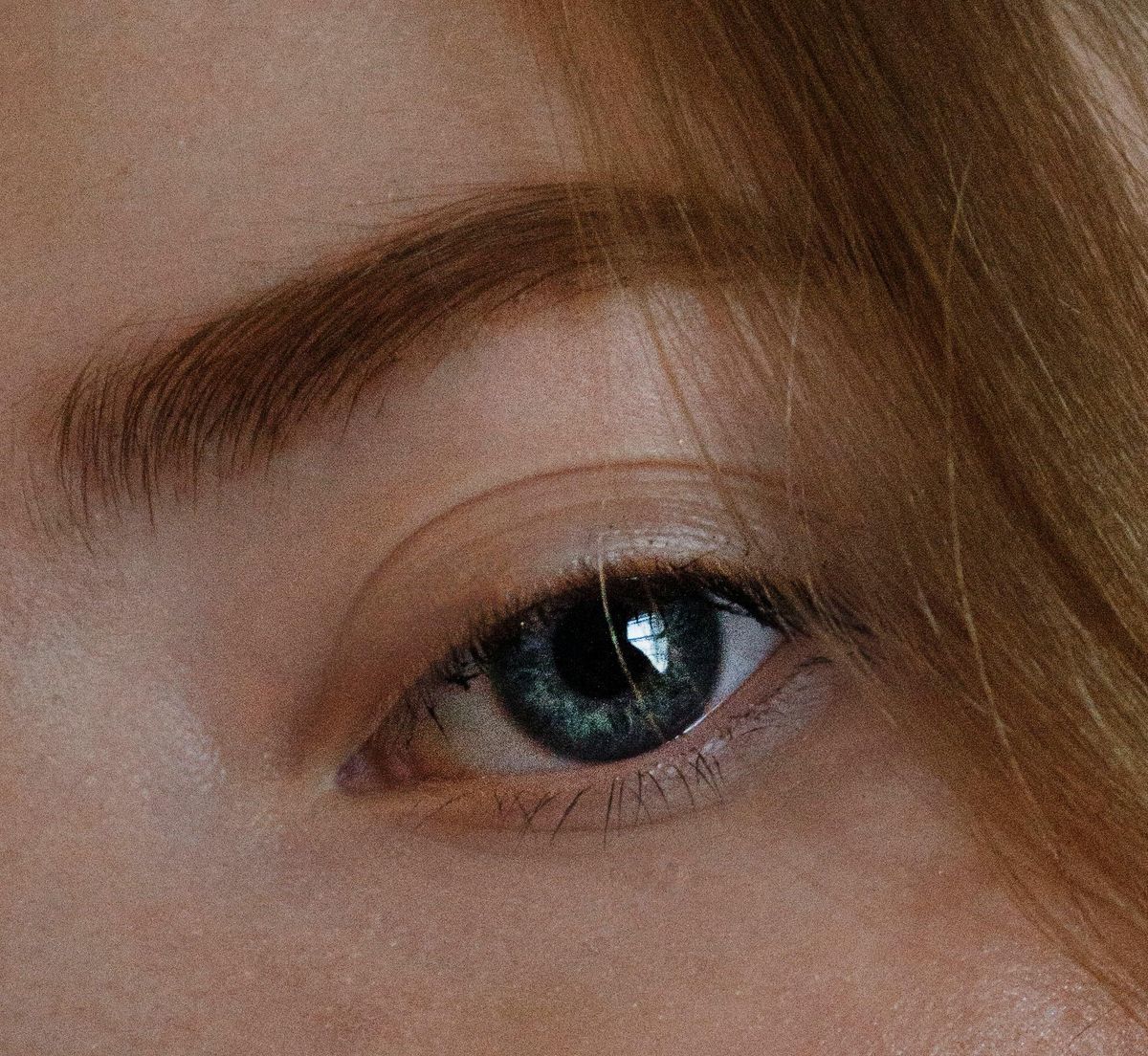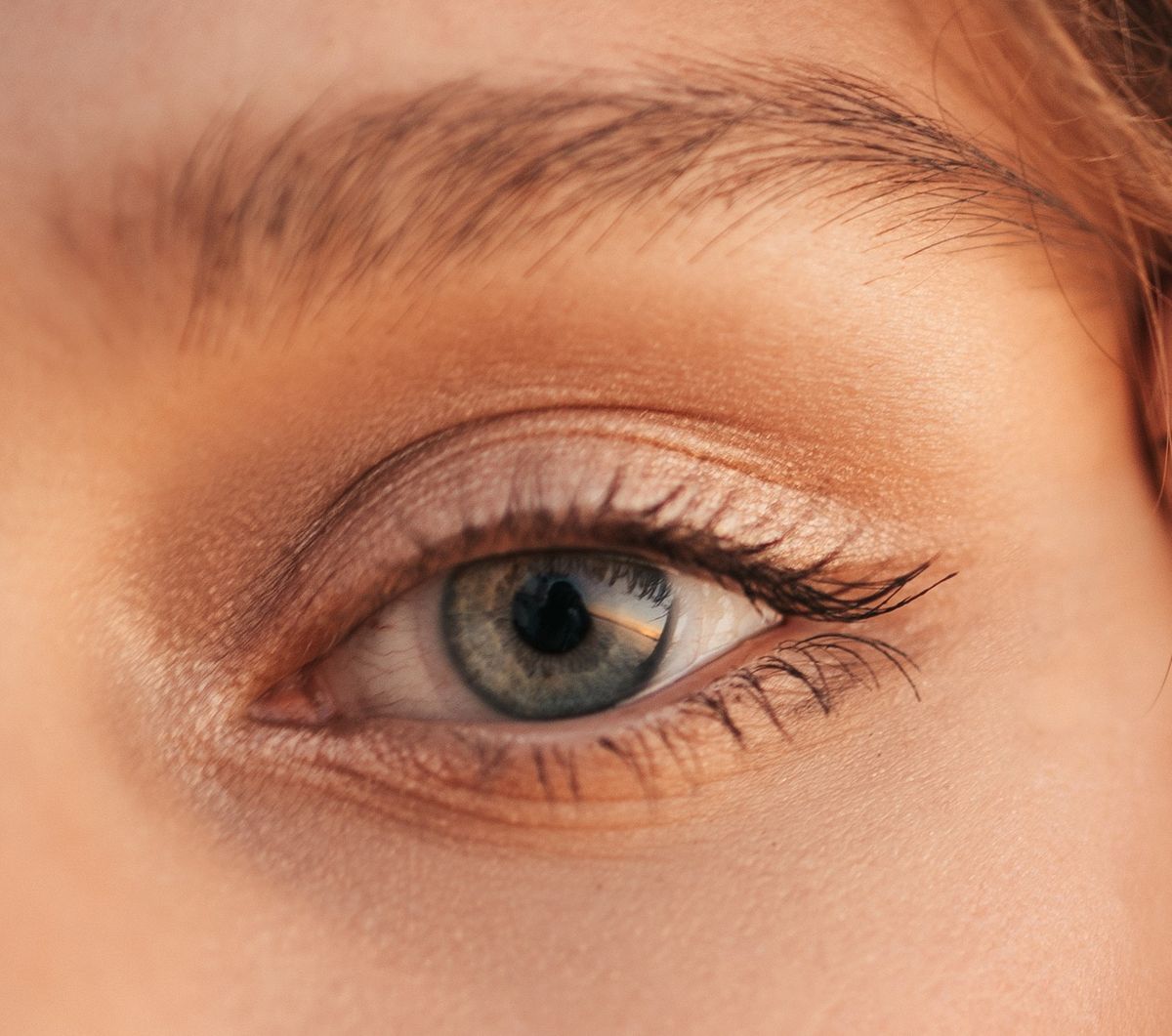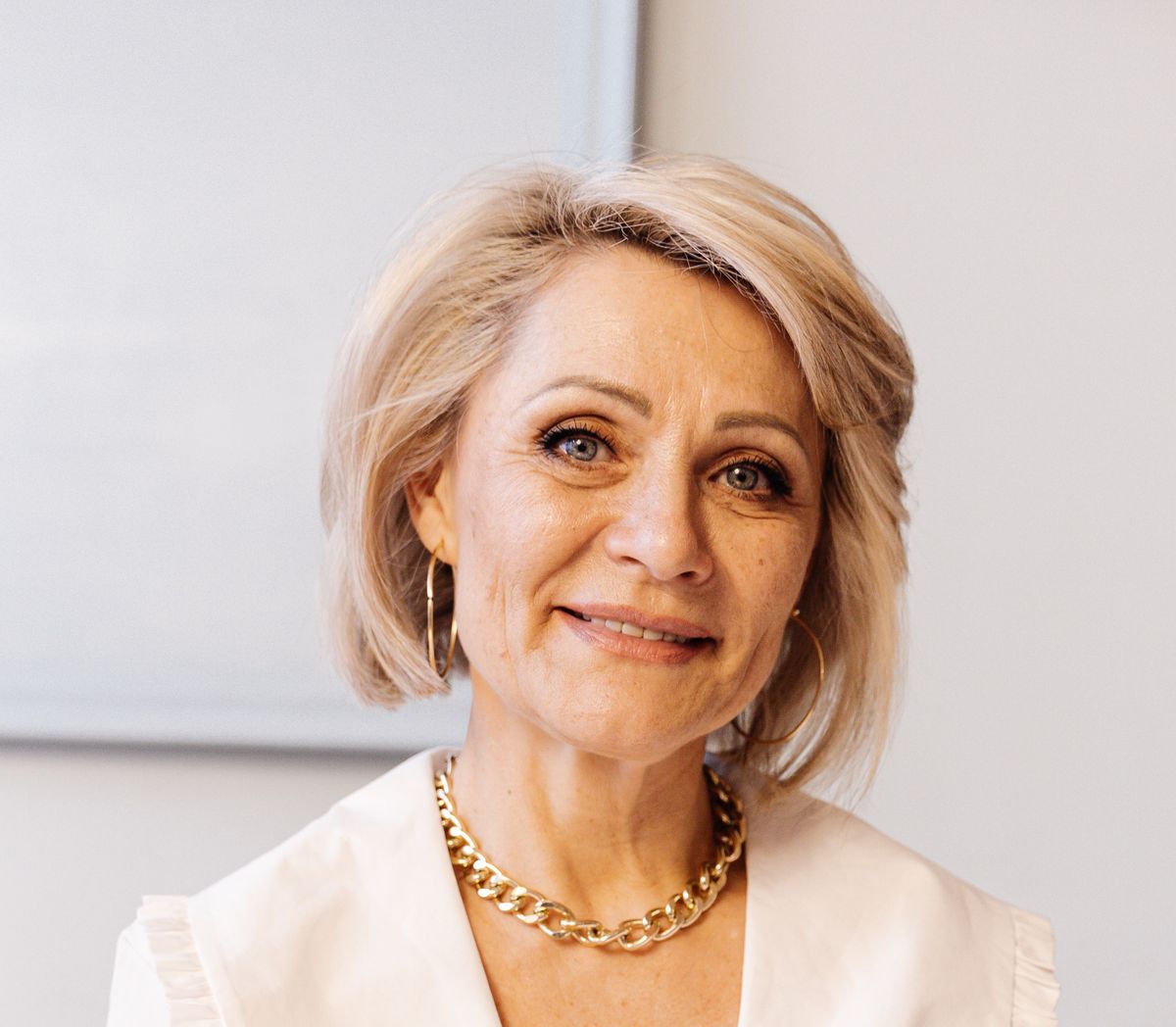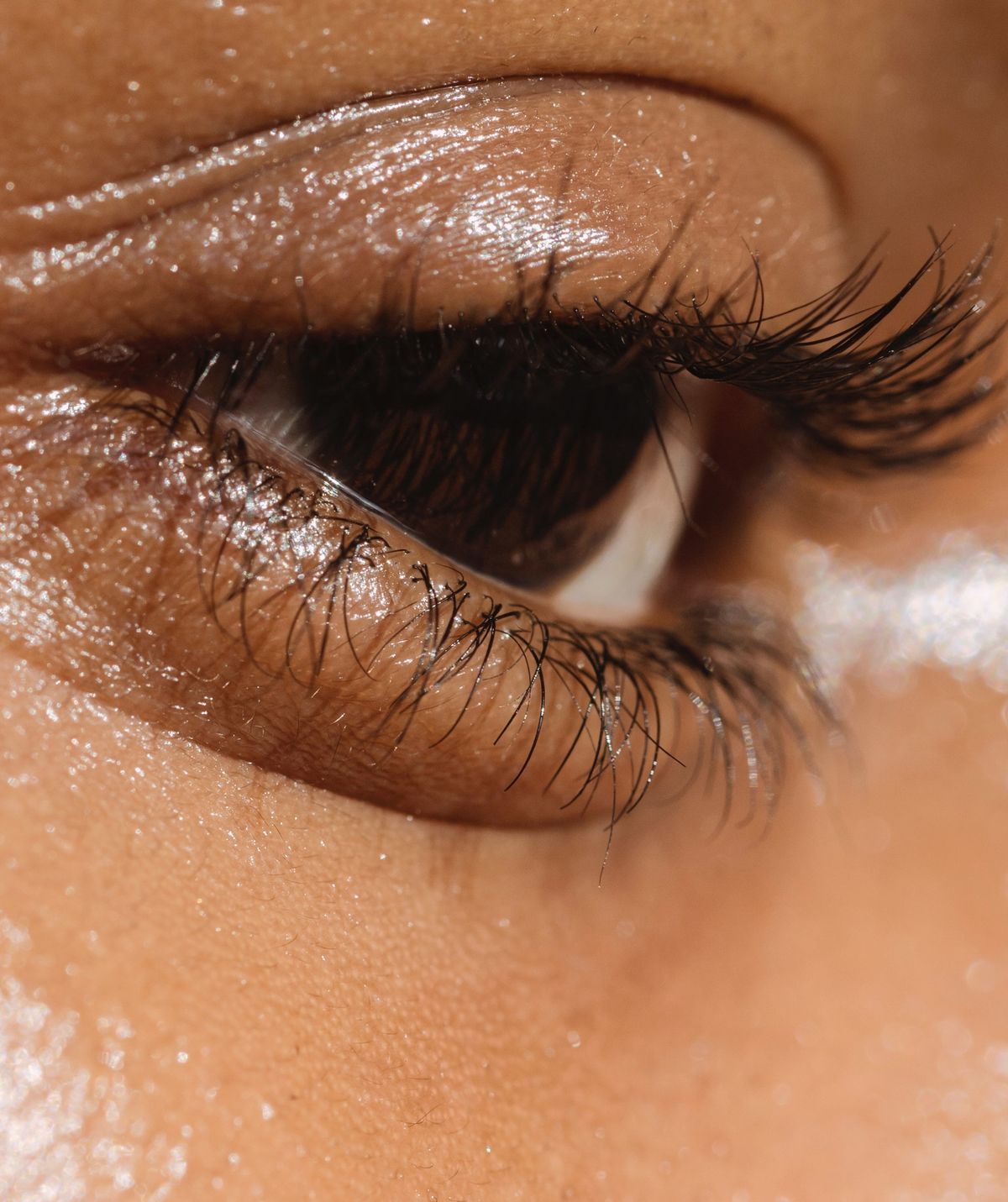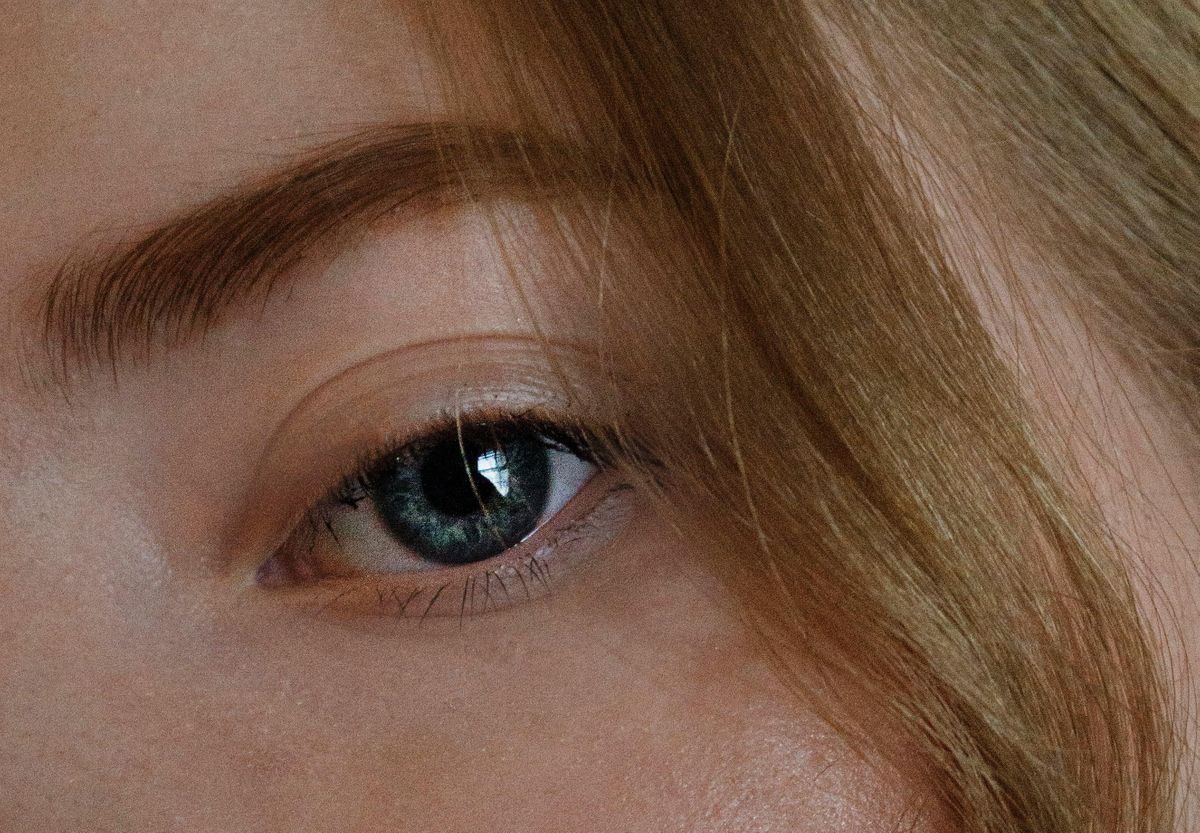
How to Treat Drooping, Hooded Eyes That Can Make Us Look Tired
Our experience at Harmon Facial Plastic Surgery has been that most people do not present to our clinic specifically requesting a brow lift, let alone requesting to "lift of my entire eyebrow x inches." Instead, most present feeling like their eyes look less open and are unsure why. They may pinch the skin on their upper eyelids, describing difficulty with applying makeup because it gets "caught...
